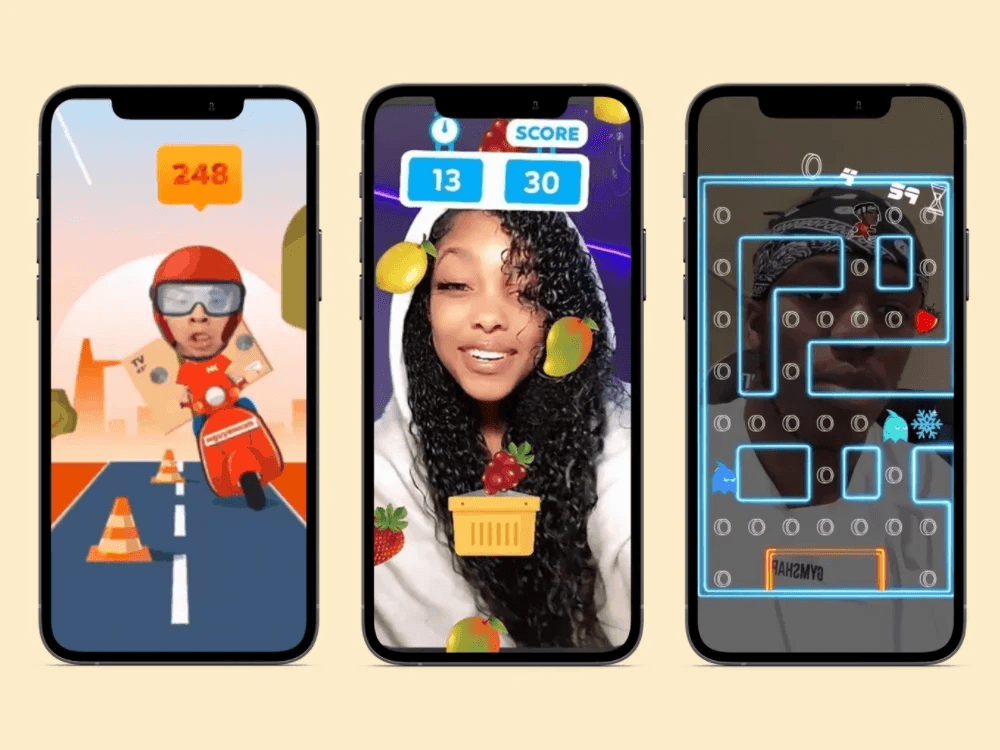Mar 17, 2025
Image sourced from Google
Augmented Reality (AR) filter-based games have taken the digital world by storm, blending real-world environments with interactive, immersive experiences. From Snapchat lenses to Instagram filters and TikTok challenges, AR games have transformed how users engage with digital content. But what makes these games so appealing, and how are they shaping the future of interactive entertainment?
AR filter-based games leverage smartphone cameras, facial recognition, and AR technology to overlay digital elements onto real-world visuals. These games typically function within social media apps or custom-built platforms, allowing users to interact with virtual objects using gestures, expressions, or movements.
How AR Filters Enhance Gaming Experiences
1. Real-Time Interaction – Players can control game elements using facial expressions, hand gestures, or movements without additional hardware.
2. Social Media Integration – Games seamlessly integrate with platforms like Instagram, TikTok, and Snapchat, encouraging user engagement and content sharing.
3. Personalization – Players can customize their game experience with unique filters, avatars, or real-world interactions.
4. Immersive Gameplay – AR filters create dynamic game environments that respond to user actions, enhancing engagement.
Popular Types of AR Filter-Based Games
1. Face-Tracking Games
Players use facial expressions to control game mechanics. For example, raising eyebrows to jump or opening their mouth to catch objects.
Example: Snapchat’s “Zombie Chase” where users dodge obstacles using head movements.
2. Gesture-Based Challenges
Hand-tracking enables interaction with AR elements. Players swipe, tap, or move their hands to control objects.
Example: TikTok’s “AR Basketball” where users shoot hoops using their fingers.
3. Multiplayer AR Games
AR filter games allow real-time multiplayer interaction, where players compete in virtual challenges via social media.
Example: Instagram’s “Emoji Challenge,” where players mimic emojis faster than their friends.
4. Location-Based AR Filters
These filters integrate with GPS to create interactive location-based experiences.
Example: Pokémon GO-style filter games where players collect virtual items in real-world locations.
Why Brands Are Investing in AR Filter Games
With the rapid rise of AI and AR technologies, brands and game developers are leveraging filter-based games for marketing, engagement, and gamified experiences. Key reasons include:
Viral Marketing Potential – AR filter games encourage users to share gameplay on social media, increasing organic reach.
Enhanced User Engagement – Interactive filters keep users entertained longer, improving brand recall.
No App Downloads Required – Many AR games run within social platforms, reducing barriers to entry.




